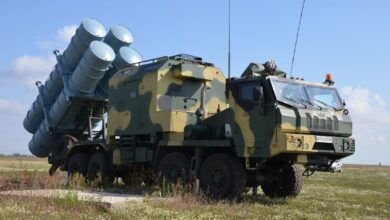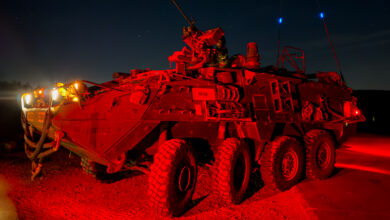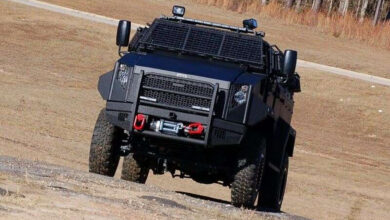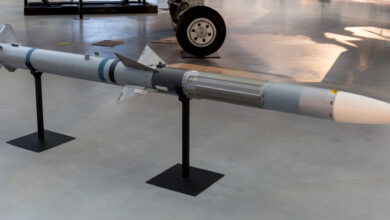Raytheon has been awarded a $105 million contract for the production of Griffin short-range air-to-surface and surface-to-surface missiles, a U.S. Department of Defense release said.
“Raytheon Missiles Systems, Tucson, Arizona, has been awarded a $105,220,215 firm-fixed-price, cost-plus-fixed-fee, indefinite-delivery/indefinite quantity modification” to a previously awarded contract for Griffin missiles, the Wednesday, January 31 release said.
The modification to the August 17, 2017 contract brings the total cumulative value to $210,080,601.
The modification exercises “an option for delivery of all variants of Griffin standoff precision guided munitions and corresponding production, test and engineering support,” the release said.
Work is expected to be complete by December 31, 2020.

Griffin: a flexible mini-missile for land, sea and air
Raytheon’s AGM-176 Griffin mini-missile comes in two variants, with two others in development. Griffin A is an aft-eject munition while Griffin B is forward-firing. The under-development Griffin C will feature dual-mode guidance and Griffin C-ER will be an extended range missile, the company says.
The unpowered Griffin A is deployed from platforms like C-130 aircraft variants, including the KC-130 tanker, the AC-130 gunship and the MC-130 special mission aircraft, for which it was originally designed. It can be dropped from a 10-tube launcher from rear cargo ramp, or from a door-mounted launcher allowing the munition to be deployed while the aircraft’s cabin is pressurized.

The rocket-powered Griffin B variant is operational on U.S. Navy’s Cyclone-class coastal patrol vessels, and can be launched from rotary and fixed-wing manned and unmanned aircraft, including the MQ-9 Reaper and MQ-8B Fire Scout drones, the V-22 Osprey tilt-rotor aircraft and OH-58D Kiowa Warrior helicopter, and the A-29 Super Tucano light attack aircraft, as well as the AC-130 and KC-130.
Measuring 43 inches (109cm) long, and weighing 34 pounds (15.4kg), Griffin uses GPS-aided inertial guidance and a semi-active laser seeker to deliver its relatively small 13-pound (5.9kg) warhead, intended to reduce collateral damage.
The missile’s estimated range – around 3.5 miles (5.6km) for ground launch, or 12.5 miles (20km) for air launch – is similar to the larger AGM-114 Hellfire missile, but its smaller size means three Griffins can be carried in place of one Hellfire, albeit with smaller warheads.

The under-development Griffin C may be an attempt to compete with the Hellfire and MBDA’s Brimstone 2 missile, adding a dual-mode semi-active laser and imaging infrared seeker, and a datalink that can redirect the missile to a new target in flight, making a fire-and-forget missile system.
Lockheed to ramp-up Hellfire missile production
On January 30, Lockheed Martin was awarded a $80,250,000 modification to a 2015 contract for Hellfire missile production ramp-up, a U.S. Department of Defense release said.
The aim is to increase production capacity to 11,000 missiles per year through increasing production line set-ups, acquisition of additional tooling and test equipment, and the establishment of additional suppliers.
The estimated completion date is September 30, 2021.
Eurofighter Typhoon successfully completes Brimstone missile live firing trials












